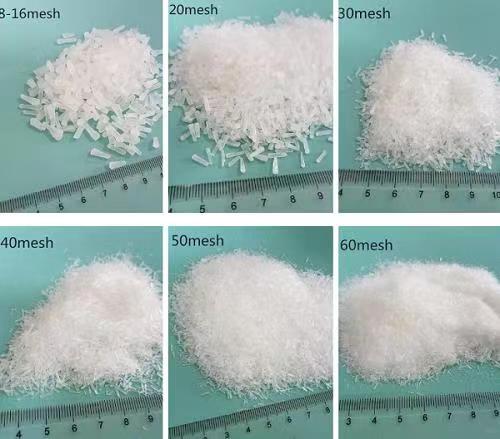Production methods of monosodium glutamate: hydrolysis, fermentation, synthesis and extraction.
1. Hydrolysis
Principle: The protein raw material is hydrolyzed by acid to produce glutamic acid, and glutamic acid hydrochloride is used
It has the minimum solubility in hydrochloric acid. Glutamic acid is separated and extracted, and then
The monosodium glutamate is prepared by neutralization treatment.
Common protein raw materials in production – gluten, soybean, corn, etc.
Hydrolysis neutralization
Protein raw material — glutamic acid — monosodium glutamate
2. Fermentation
Principle:
Starchy raw materials are hydrolyzed to produce glucose, or molasses or acetic acid is directly used as
Raw materials: glutamic acid is biosynthetically synthesized by glutamic acid producing bacteria, and then neutralized and extracted
Make MSG.
Starchy raw materials – → sugar liquor – → glutamic acid fermentation – → neutralization – → monosodium glutamate
3. Synthetic method
Principle: the petroleum cracking gas propylene is oxidized and ammoniated to produce acrylonitrile
Cyanidation, hydrolysis and other reactions produce racemic glutamic acid, which is then divided into L-glutamic acid,
Then it is made into monosodium glutamate.
Propylene → oxidation and ammoniation → acrylonitrile → glutamic acid → monosodium glutamate
4. Extraction method
Principle: Take waste molasses as raw material, first recover the sucrose in waste molasses, and then recycle the waste liquid
The monosodium glutamate was prepared by hydrolyzing and concentrating with alkali method, extracting glutamic acid, and then preparing monosodium glutamate.
Hydrolysis, concentration neutralization, extraction
Waste molasses — → glutamic acid — → monosodium glutamate
Post time: Dec-07-2022

